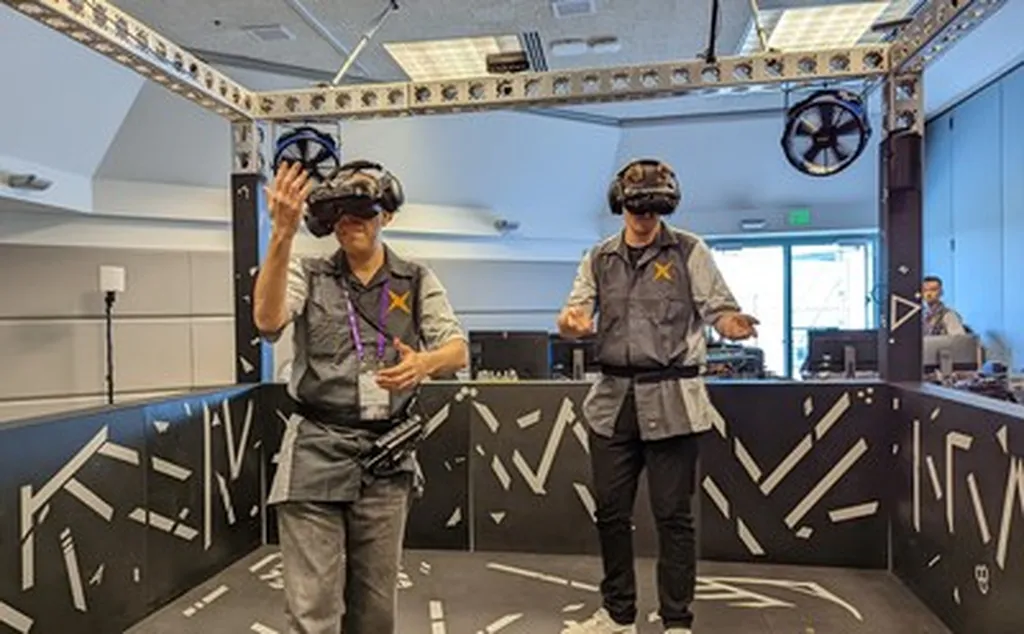A team of researchers from the University of California, Santa Barbara, has developed an advanced simulation tool designed to train and test artificial intelligence algorithms for next-generation wireless communication systems. The updated RFRL Gym, led by Sriniketh Vangaru, Daniel Rosen, Dylan Green, Raphael Rodriguez, Maxwell Wiecek, Amos Johnson, Alyse M. Jones, and William C. Headley, builds on their earlier work to create a more robust framework for multi-agent reinforcement learning (MARL) in radio frequency (RF) environments.
The RFRL Gym was initially created to provide a standardized, accessible platform for developing and testing reinforcement learning (RL) algorithms in wireless communications. Leveraging the OpenAI Gym framework, the tool allowed researchers to simulate and evaluate RF scenarios, including military communications and WiFi network optimisation. However, its initial design was limited to single-agent simulations, which did not fully reflect the complexity of real-world RF environments where multiple intelligent agents interact in cooperative, competitive, or mixed settings.
To address this limitation, the researchers integrated the RFRL Gym with Ray RLlib, a scalable reinforcement learning library. This integration introduced multi-agent reinforcement learning functionality, enabling the simulation of more dynamic and realistic RF scenarios. The updated tool now allows for the training and assessment of AI algorithms in environments where multiple agents compete for or collaborate within the RF spectrum, a critical capability as spectrum congestion continues to grow.
The researchers tested the updated RFRL Gym in various RF scenarios, demonstrating its ability to simulate complex interactions between multiple agents. This advancement makes the RFRL Gym a more versatile and powerful tool for researchers and developers working on AI-driven wireless communication systems. The tool’s flexibility and scalability make it particularly valuable for defence and security applications, where the ability to simulate and optimise RF communications in contested environments is crucial.
Looking ahead, the team plans to further enhance the RFRL Gym by incorporating additional features and refining its capabilities. These improvements will ensure that the tool remains at the forefront of RFRL research, providing a robust platform for developing the next generation of wireless communication technologies. As the demand for advanced AI-driven solutions in defence and security grows, the RFRL Gym will play an increasingly important role in shaping the future of wireless communication systems. Read more at arXiv.

